While both Florida and California boast sunny climates and a laid-back lifestyle, their kitchen designs often reflect distinct regional influences, architectural styles, and practical considerations. From material choices to layout preferences, kitchens in these two states can look surprisingly different. Understanding these variations reveals the impact of climate, local building traditions, and cultural nuances on interior design. These differences highlight how regional factors shape the heart of the home.
1. Emphasis on Hurricane Resistance vs. Earthquake Preparedness
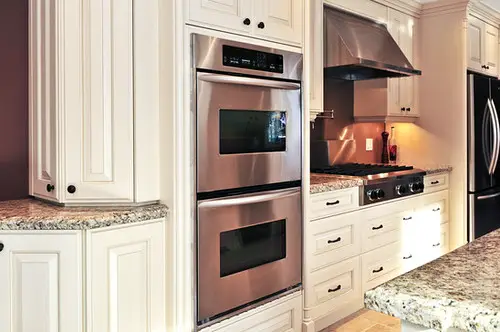
One primary reason for the difference in kitchen design lies in the distinct natural disasters each state faces. Florida building codes prioritize hurricane resistance, often influencing material choices for durability against high winds and humidity. According to the Florida Building Code, impact-resistant windows and strong, anchored cabinetry are common features. In contrast, California building codes emphasize earthquake preparedness, which can affect structural elements and the securing of heavy items like appliances and overhead cabinets. This fundamental difference in safety priorities impacts material and construction choices.
Florida kitchens may feature more robust, solid wood or composite cabinetry designed to withstand potential water damage from storms. Countertops might be made of durable materials like quartz or granite that can withstand heavy use and potential impacts. California kitchens, while also using durable materials, might focus more on flexible anchoring solutions for cabinets and appliances to prevent movement during seismic activity. The underlying concern for different natural disasters shapes the structural and material choices in each state’s kitchens.
2. Focus on Indoor-Outdoor Flow for Different Climates
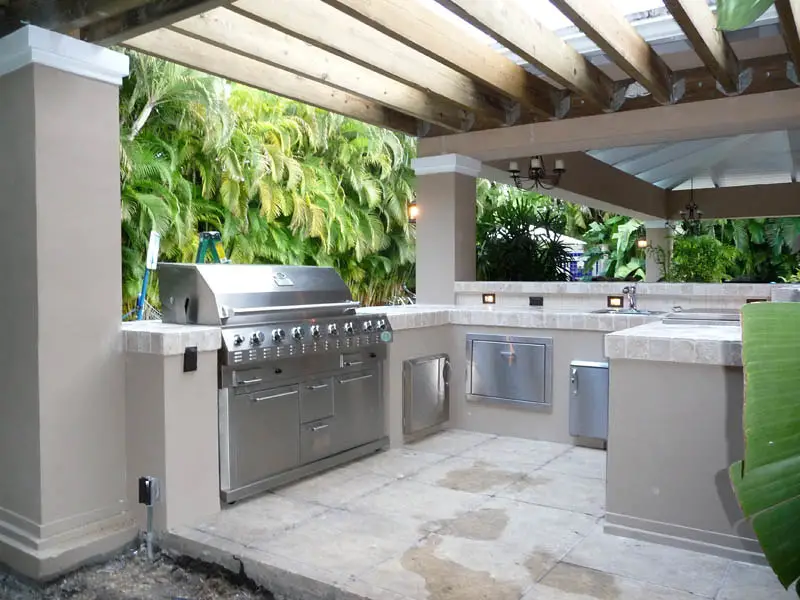
Both states value indoor-outdoor living, but the way this is achieved in kitchens differs due to the specific climate conditions. Florida’s warm, humid climate often leads to kitchen designs that maximize ventilation and easy access to outdoor entertaining spaces like screened porches or patios. According to HL Posey, Florida kitchens frequently feature large sliding glass doors or pass-through windows to facilitate this flow. California’s Mediterranean climate encourages a seamless transition to outdoor dining areas and gardens, often with open layouts and direct access to patios.
Florida kitchens might prioritize materials that are easy to clean and maintain in a humid environment, such as tile flooring and moisture-resistant cabinetry finishes. California kitchens might focus on design elements that enhance the connection to natural light and the outdoors, such as large windows and light-colored countertops that reflect sunlight. The specific demands and opportunities presented by each state’s climate influence the design choices that promote indoor-outdoor living.
3. Prevalence of Coastal vs. Mediterranean Design Aesthetics
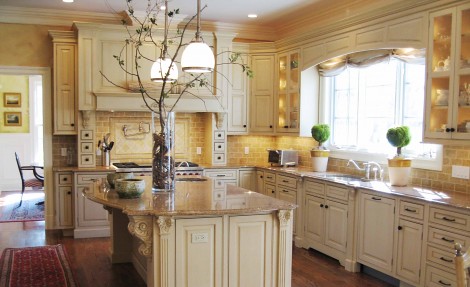
The dominant design aesthetics in each state also contribute to the distinct looks of their kitchens. Florida’s coastal style often incorporates light and airy colors, natural materials like wicker and rattan, and nautical-inspired accents. According to Gulfshore Life, in Florida coastal communities, white or light-colored cabinetry, beadboard paneling, and seashell-inspired decor are common. California kitchens, influenced by the Mediterranean climate and Spanish colonial heritage, often feature warmer tones, natural stone, terracotta tiles, and rustic wood elements.
California kitchens might showcase features like arched doorways, exposed beams, and handcrafted tiles, reflecting a more earthy and textured aesthetic. The color palettes often include warm whites, earthy browns, and terracotta hues. Florida kitchens, in contrast, tend to embrace cooler blues, greens, and sandy beige tones, evoking the colors of the ocean and the beach. These distinct regional design aesthetics significantly influence the overall look and feel of the kitchens.
4. Foundation Differences: Slab-on-Grade vs. Raised Foundations
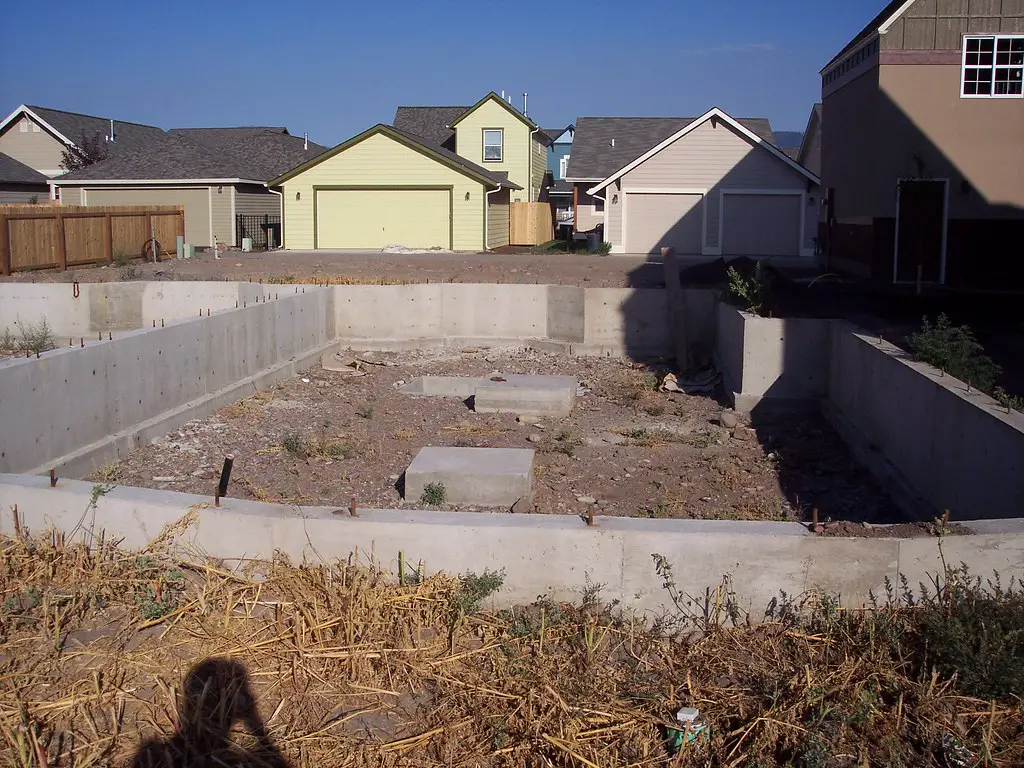
The prevalent foundation types in each state can also indirectly influence kitchen design, particularly regarding plumbing and flooring options. Florida’s sandy soil and high water table often lead to the use of slab-on-grade foundations. According to Florida Engineering, plumbing is typically run through the concrete slab, which can impact kitchen layout and flooring choices. California’s varied terrain and earthquake concerns often result in the use of raised foundations or basements in some areas. This can offer more flexibility for plumbing and allow for different flooring materials.
The prevalence of slab foundations in Florida might lead to a greater use of tile or other moisture-resistant flooring in kitchens. Running plumbing through a slab can also influence the placement of sinks and dishwashers. In California, raised foundations might allow for more flexibility in kitchen layout and the use of materials like hardwood flooring. These fundamental differences in construction practices can have subtle but noticeable impacts on kitchen design.
5. Cabinetry Styles Reflecting Regional Tastes
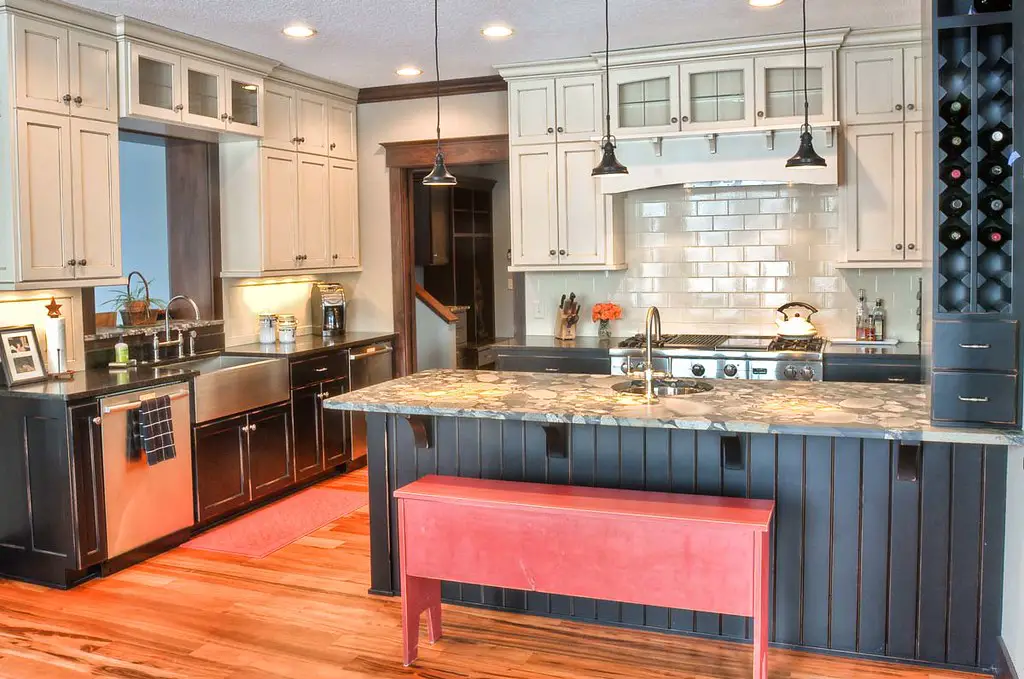
Cabinetry styles often differ between Florida and California kitchens, reflecting regional aesthetic preferences and practical considerations related to climate. Florida kitchens frequently feature lighter-colored cabinetry, such as white, cream, or light wood tones, which contribute to a bright and airy feel suitable for the warm climate. California kitchens might showcase a wider range of cabinetry styles, including darker woods, painted finishes in warmer hues, and rustic or handcrafted designs that align with the Mediterranean influence.
The hardware choices for cabinetry can also vary, with Florida kitchens often featuring brushed nickel or chrome finishes that complement the coastal aesthetic. California kitchens might incorporate oil-rubbed bronze or wrought iron hardware, enhancing the rustic or Mediterranean vibe. The construction and detailing of the cabinetry can also differ, with Florida kitchens sometimes prioritizing moisture-resistant materials.
6. Countertop Material Preferences
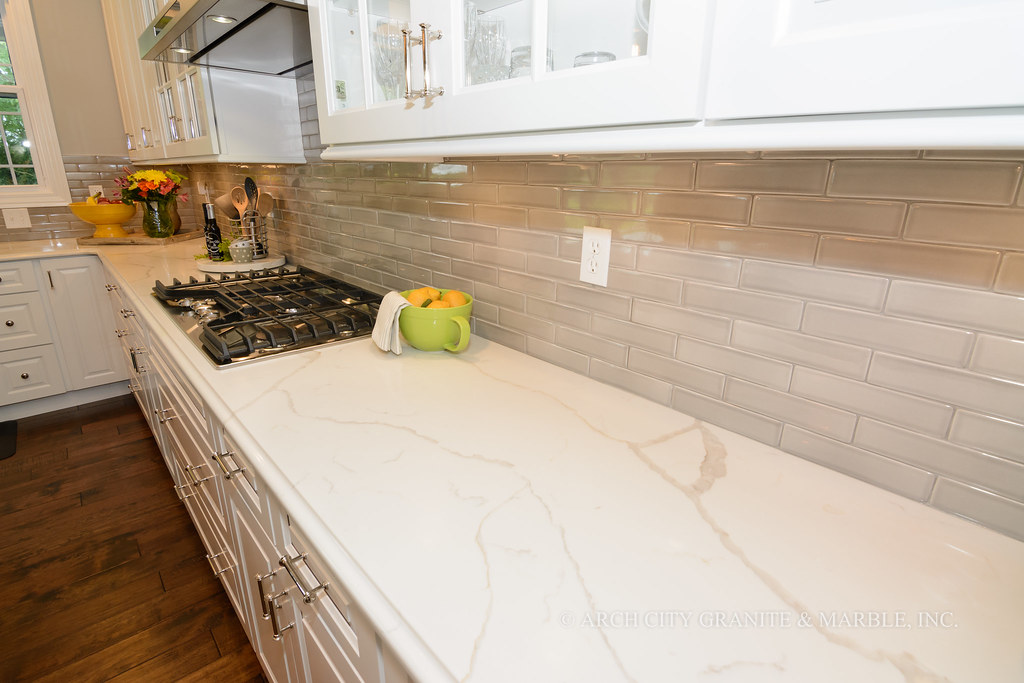
While granite and quartz are popular countertop choices in both states, regional preferences for specific colors and styles can vary. Florida kitchens often feature lighter-colored countertops, such as white quartz or light-toned granite, which contribute to the bright and airy feel. California kitchens might see a greater use of warmer-toned natural stones like travertine or darker granites that complement the Mediterranean or rustic aesthetics.
The edge profiles of countertops can also differ, with Florida kitchens sometimes opting for simpler, cleaner edges to maintain a streamlined look. California kitchens might feature more decorative or textured edge profiles that enhance the overall design style. The availability and popularity of local stone quarries might also influence material choices in each state.
7. Backsplash Trends Reflecting Regional Styles
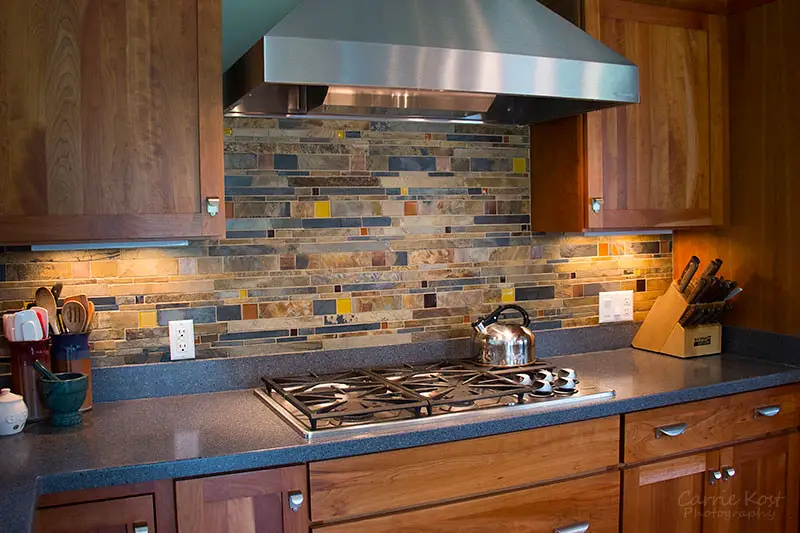
Backsplash choices in Florida and California kitchens often align with the prevailing design aesthetics of each state. Florida kitchens frequently feature light-colored tiles, such as white subway tile or glass mosaics in coastal hues like blue and green. California kitchens might showcase warmer-toned tiles, including terracotta, hand-painted ceramics, or natural stone mosaics that complement the Mediterranean or Spanish influences.
The patterns and textures of backsplashes can also differ, with Florida sometimes favoring simpler, cleaner designs. California might see more intricate patterns and rustic textures. The backsplash serves as an opportunity to add a distinct regional flair to the kitchen design.
8. Appliance Choices Influenced by Lifestyle
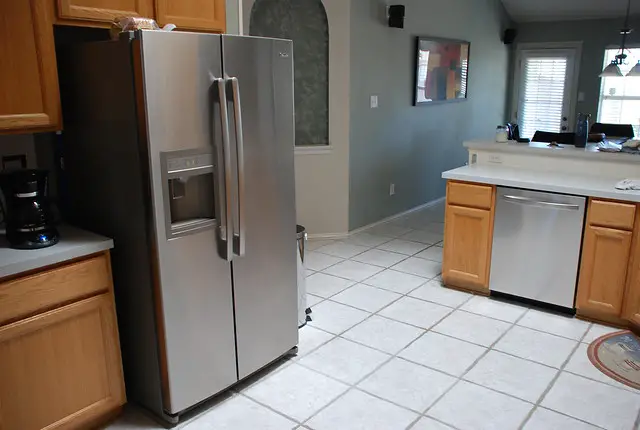
Appliance choices in both states are driven by functionality, but subtle differences might emerge based on lifestyle and common cooking habits. Given Florida’s emphasis on outdoor entertaining, larger capacity refrigerators and outdoor grilling setups might be particularly popular. California’s focus on fresh, locally sourced ingredients might lead to a preference for high-end appliances with advanced food preservation features.
The style and finishes of appliances can also align with the overall kitchen design aesthetic in each state. Stainless steel is popular in both, but Florida might see more white or panel-ready appliances that blend seamlessly with lighter cabinetry. California kitchens might incorporate more professional-grade appliances with a robust and industrial look.
9. Lighting Fixture Preferences
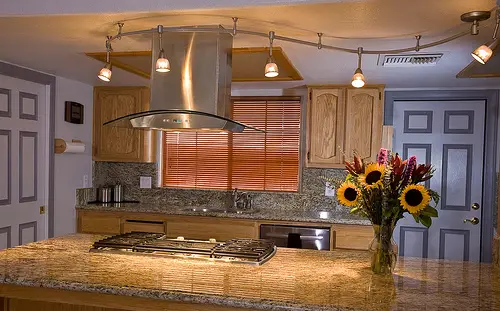
Lighting fixture choices can also contribute to the distinct looks of Florida and California kitchens. Florida kitchens often feature lighter, airier fixtures, such as pendant lights with glass shades or coastal-inspired designs. California kitchens might incorporate warmer-toned metal fixtures, such as wrought iron chandeliers or rustic pendants, that complement the Mediterranean or farmhouse styles.
The functionality of lighting might also be emphasized differently based on lifestyle. Florida kitchens designed for easy indoor-outdoor flow might prioritize bright, task-oriented lighting. California kitchens that often serve as a central gathering space might focus on layered lighting with dimmable options for ambiance.
10. Flooring Material Choices Reflecting Climate and Style
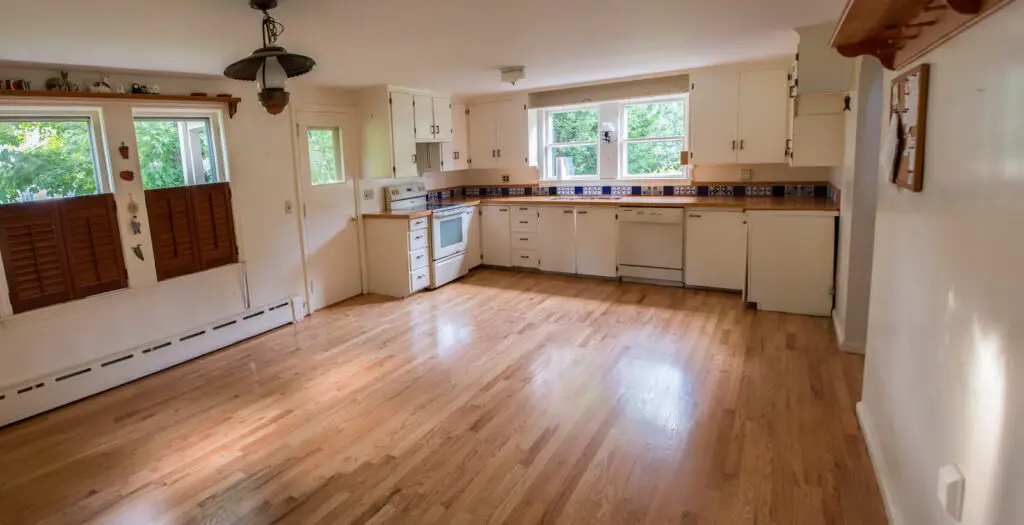
Flooring material preferences in kitchens often differ based on climate considerations and the overall design aesthetic. Florida kitchens frequently feature tile or other hard-surface flooring that is durable, easy to clean, and moisture-resistant in the humid climate. California kitchens might see a wider use of materials like hardwood, natural stone, or terracotta tile, reflecting the Mediterranean or rustic influences.
The color and texture of the flooring also contribute to the overall look. Florida often favors lighter-toned flooring to enhance the bright and airy feel. California might see warmer, earthier tones that complement the regional design styles.
11. Window Treatments Balancing Light and Privacy

Window treatments in both states aim to balance natural light and privacy, but the specific choices can reflect climate and design preferences. Florida kitchens might opt for lightweight fabrics like linen or woven blinds that allow for airflow and natural light while providing privacy. California kitchens might see a greater use of shutters, Roman shades, or heavier drapes that complement warmer design styles and offer insulation.
The need to manage intense sunlight can also influence window treatment choices in both states. However, the specific styles and materials often align with the overall aesthetic of the kitchen.
12. Island Design and Functionality
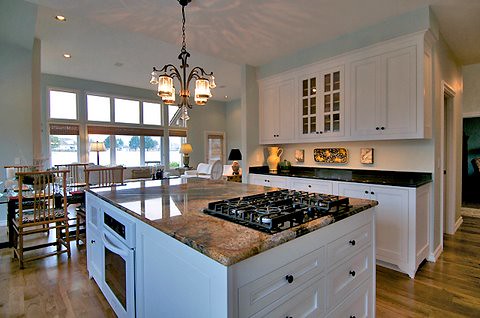
Kitchen island design and functionality can also vary between Florida and California homes. In Florida, islands might be designed with an emphasis on casual dining and entertaining, often featuring bar seating and durable, easy-to-clean surfaces. California kitchens, often serving as a central hub for family and social gatherings, might have larger islands with more prep space and built-in features like wine refrigerators or second sinks.
The style of the island, including cabinetry finishes and countertop materials, also tends to align with the overall kitchen design aesthetic in each state. These differences in island design reflect the distinct lifestyles and entertaining preferences prevalent in Florida and California.
